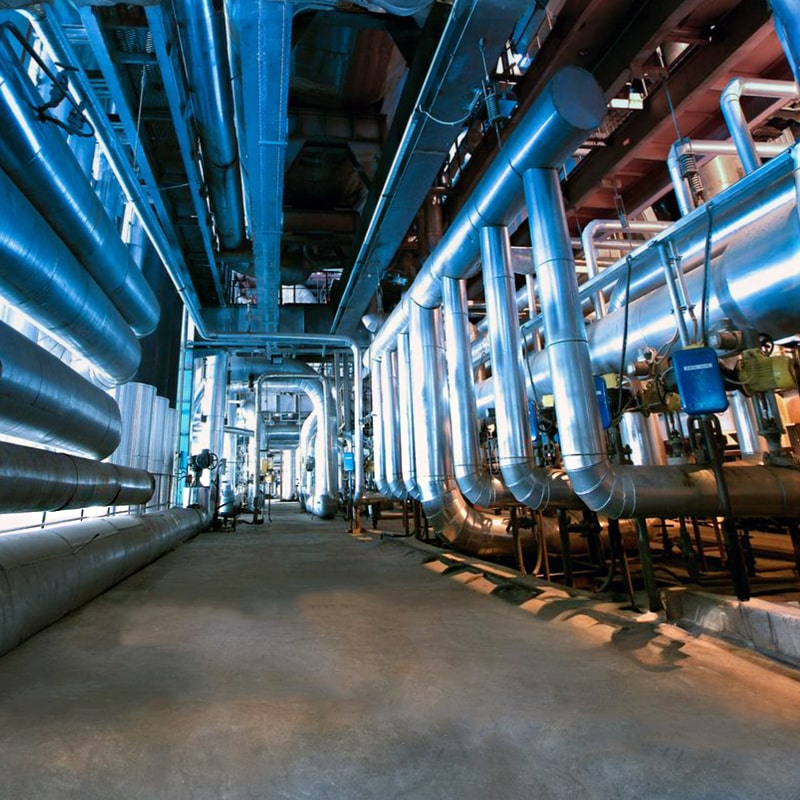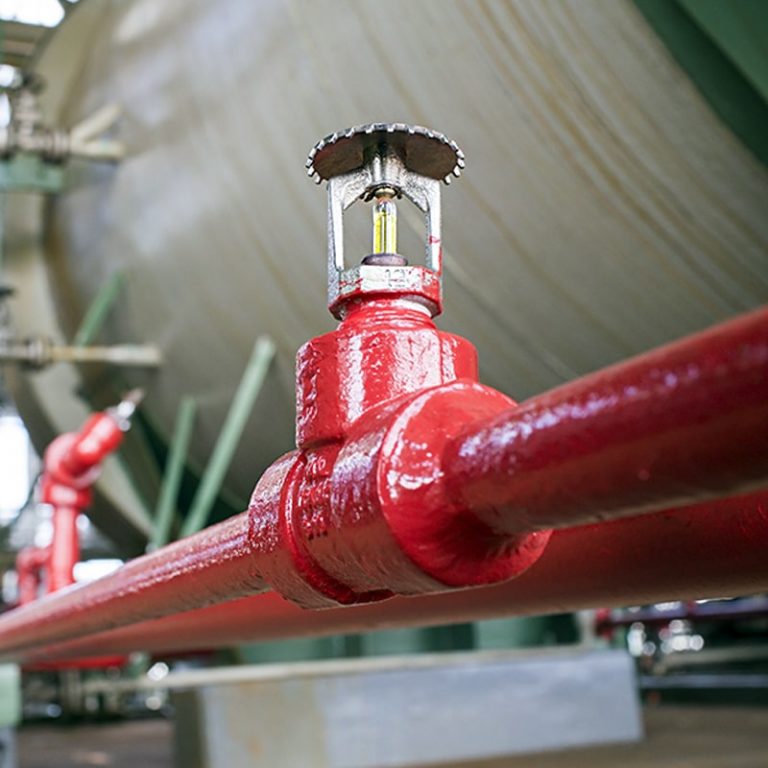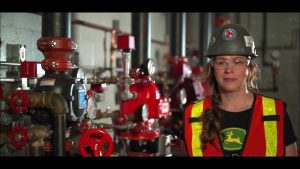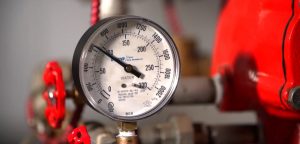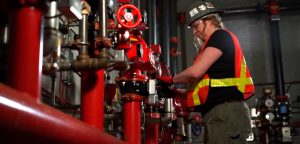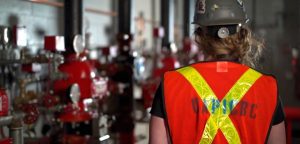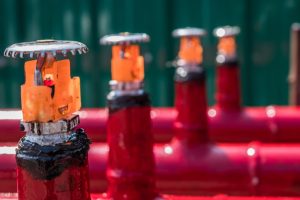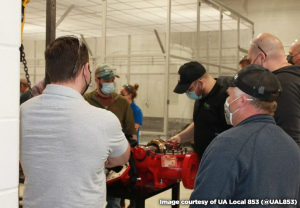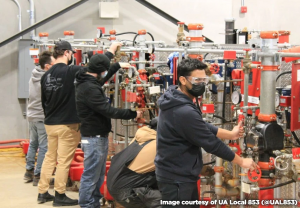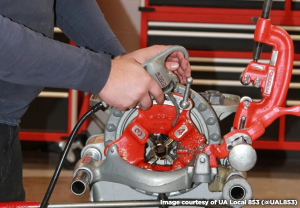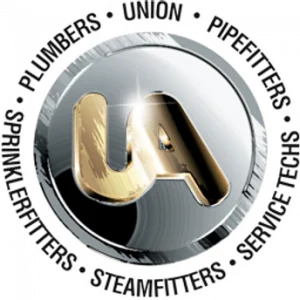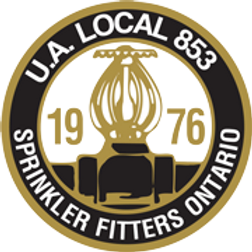Sprinkler and fire protection installers work with high-pressure and low-pressure pipeline systems carrying water, foam, gas, or air. Their work includes installing, repairing, maintaining, and testing sprinkler systems. They can work in residential or commercial environments, but this work is especially important for fire control systems.
Responsibilities
Read and interpret prints & specifications to determine location, size & material required
Examine, inspect and test sprinkler systems
Identify and use tools & special equipment
Apply codes to installation, inspection & maintenance equipment
Erect and use steel and power-operated scaffolding & swing stages
Install and maintain appliances, controls, equipment, piping & hangers
Key Skills & Attributes
Strong communication, reading, numeracy & strong problem-solving skills
Ability to read and understand complex instructions
Manual dexterity & mechanical aptitude
Ability to do careful & exacting work
Employment Sectors
Heavy Industrial Construction
Institutional and Commercial Construction
Engineering Construction
Apprenticeship Program
7200 hours of on-the-job training, supplemented by three 8-week sessions of in-class technical training.
Entrance Requirements
High school transcript or high school diploma (equivalent GED)
Minimum Grade 12 numeracy/literacy (or post-secondary equivalent)
Journeyperson Wage Rate
$54.48/Hr (2024 Provincial Average)
Did you know?
Sprinkler heads are individually activated by fire temperatures in excess of 155°. Residential fires are usually controlled with one sprinkler head. 90% of all fires are controlled with six or fewer heads and a study conducted during the 80 years of automatic sprinkler use found that 82% of the fires that have occurred were controlled by two or fewer sprinkler heads.
Not sure where your skills are?
Build Your Skills is a free tool to help build familiarity and comfort with trade related math, science and document reading.
Start learning by clicking the button below.
Start learning by clicking the button below.
Explore Other Trades
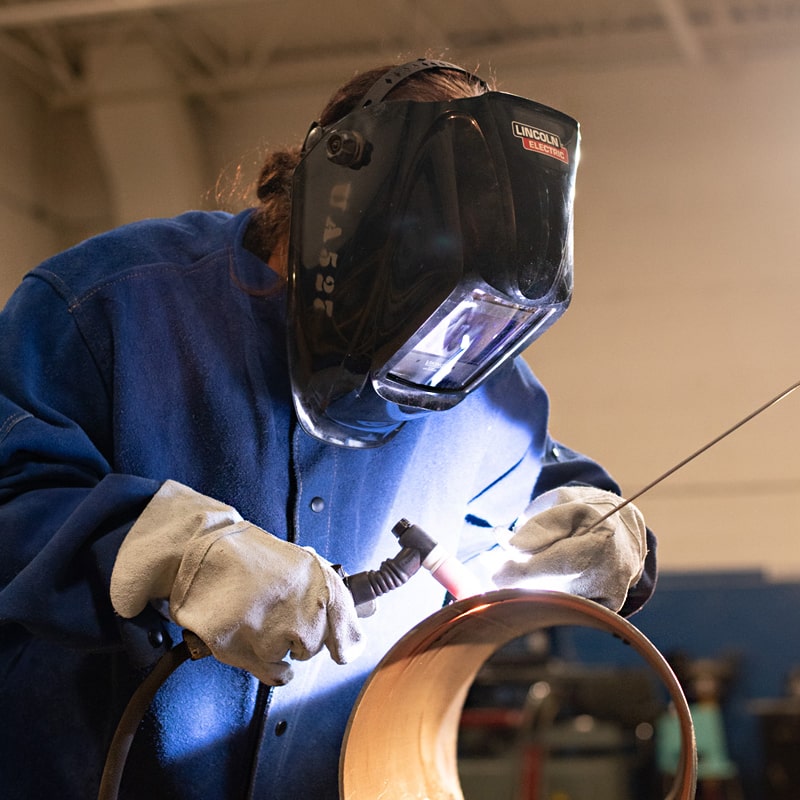
Steamfitter
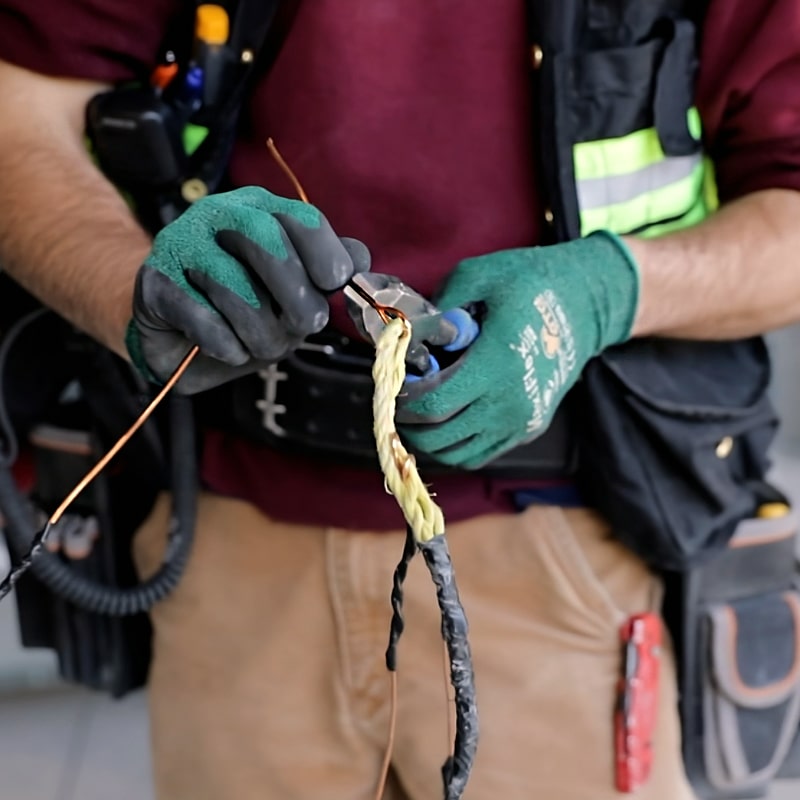
Electrician - Construction & Maintenance
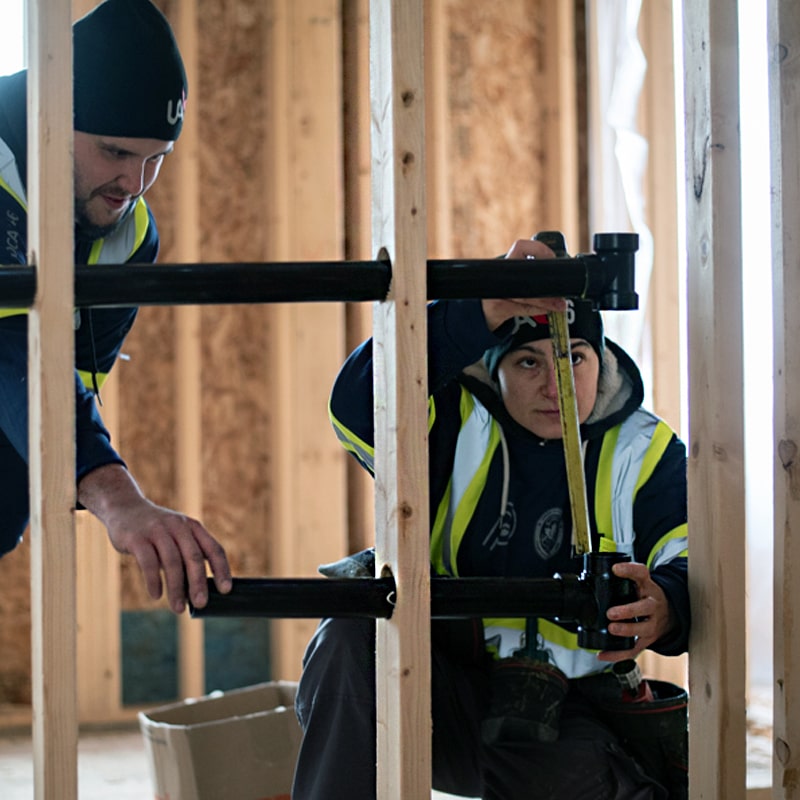
Plumber
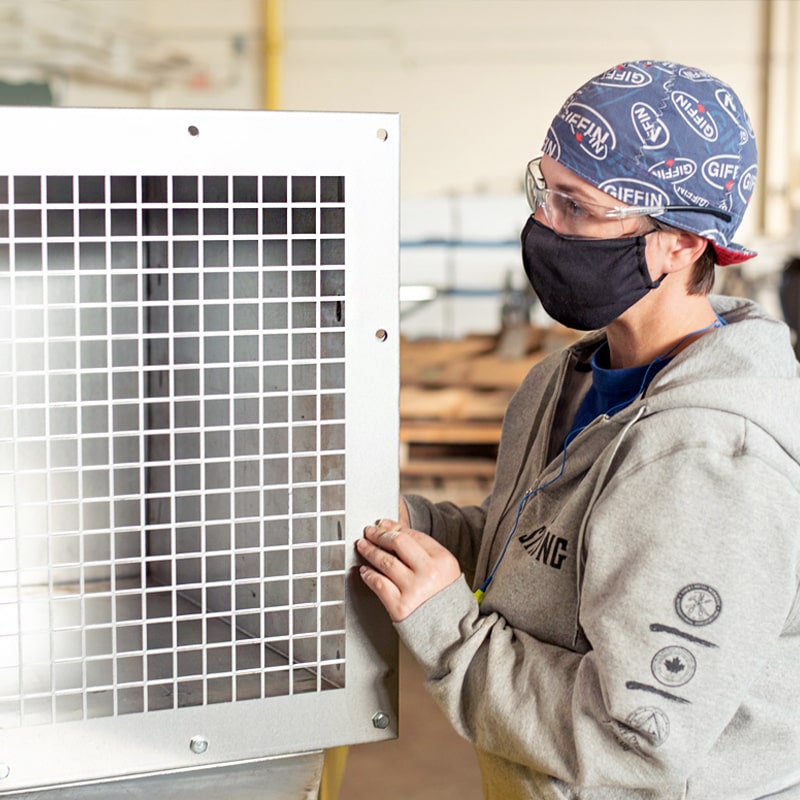
Sheet Metal Worker
